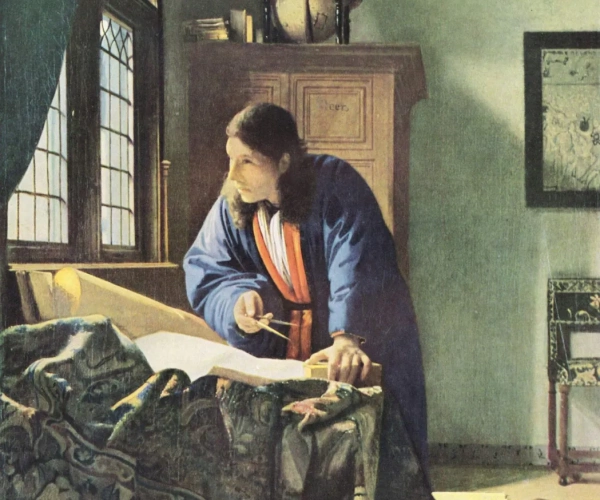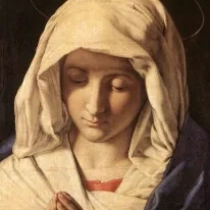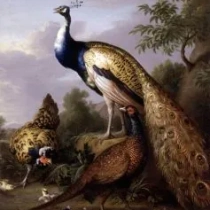The Geographer c. 1668
Jan Vermeer van Delft's "The Geographer" is a masterpiece that epitomizes the artist's exceptional ability to capture detailed scenes of everyday life. Painted around 1668, the artwork showcases a scholarly figure engrossed in his study of maps and geographic instruments. The use of light and shadow in the painting creates a sense of depth and realism, drawing the viewer into the meticulous details of the room, from the maps adorning the walls to the scientific instruments on the table.
Vermeer's meticulous attention to detail and his masterful use of light and composition elevate "The Geographer" to a level of unparalleled elegance. The contemplative expression on the geographer's face conveys a sense of intellectual inquiry, while the rich color palette and precise brushwork demonstrate Vermeer's technical prowess. The subtle play of light upon the figure and the objects in the room further reflects the artist's skill in capturing the interplay between light and form, adding a sense of quiet introspection to the scene.
Through "The Geographer," Vermeer invites viewers to contemplate the intersection of knowledge, exploration, and the human quest for understanding. The painting exudes a sense of intellectual curiosity and the importance of scholarship, all depicted with a sense of tranquility and harmony. Its enduring appeal lies in its ability to transport viewers to a world where the pursuit of knowledge is both a noble endeavor and a deeply contemplative one. Vermeer's ability to capture such moments of intellectual reflection cements ""The Geographer"" as a timeless and thought-provoking masterpiece in the history of art.







No Comments Yet...